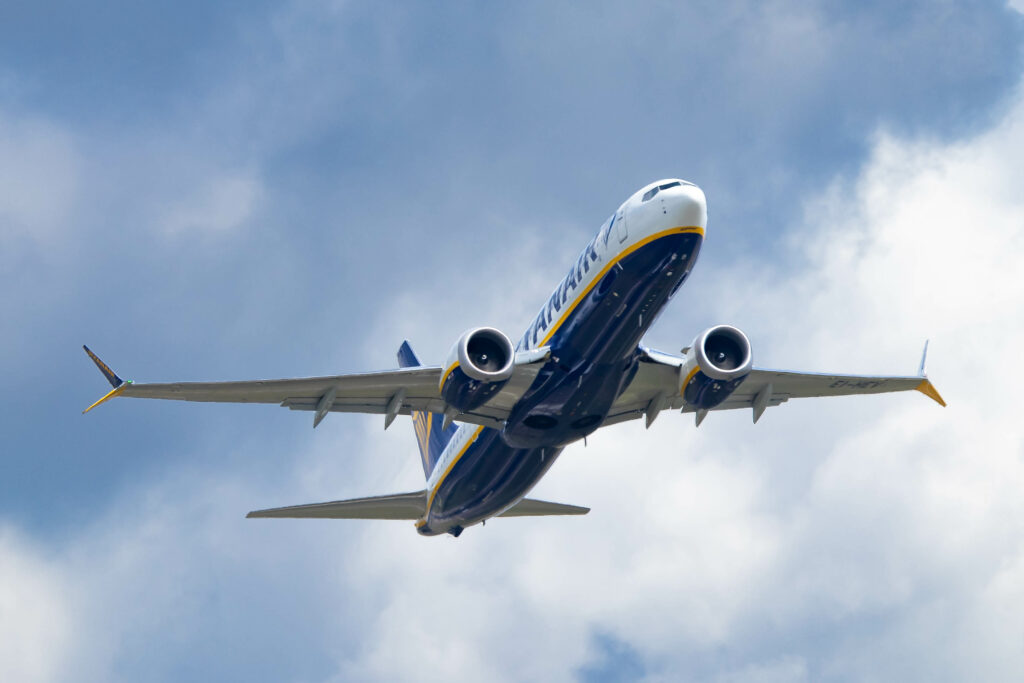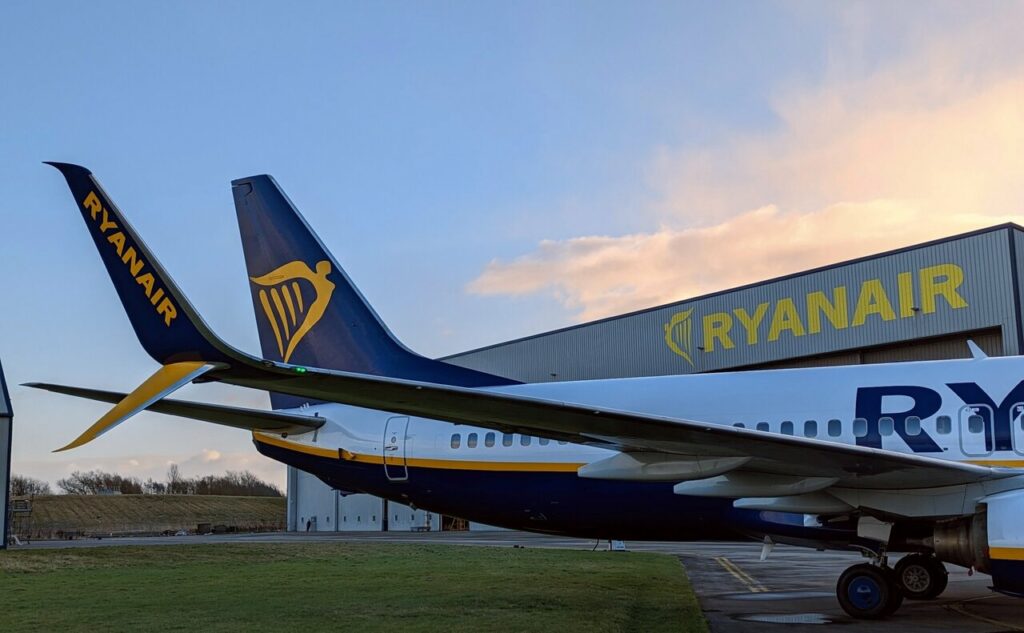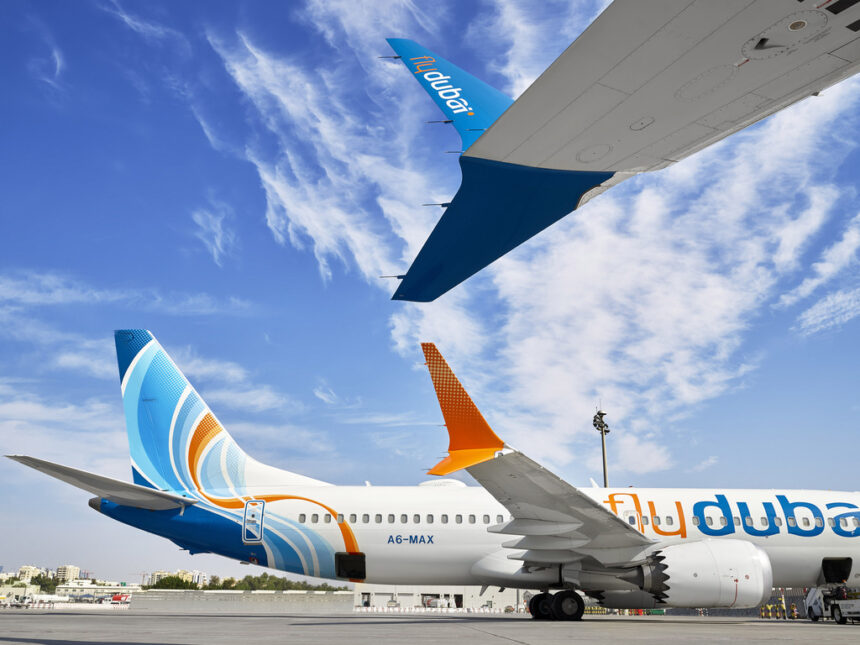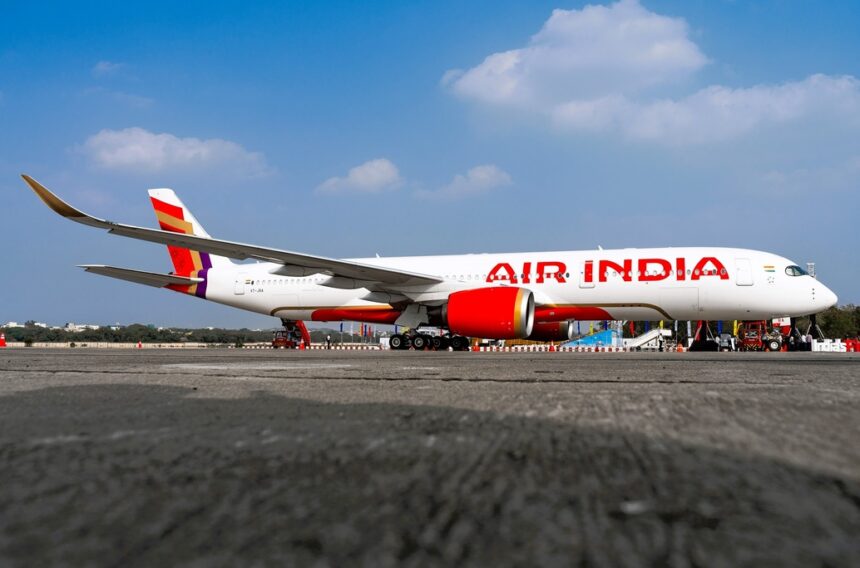Ryanair Holdings has reported a robust half-year profit of €2.18 billion for the fiscal year 2024, outshining its previous H1 profit of €1.37 billion.
This stellar performance can be attributed to several key factors, including a strong Easter in Q1, record-breaking summer traffic, and higher fares that effectively offset the challenges posed by significantly increased fuel costs during the same period.
Traffic Growth and Load Factor
Ryanair’s impressive success is evident in its year-on-year traffic growth, which saw an impressive 11% increase, reaching a total of 105.4 million passengers.
Furthermore, the airline achieved an outstanding load factor of 95%, a testament to its exceptional efficiency in optimizing seat occupancy.
H1 FY24 Business Review
Revenue and Costs
The H1 FY24 results further reflect Ryanair’s remarkable performance. Scheduled revenues surged by 37% to reach €6.1 billion.
This significant revenue boost was driven by the 11% growth in passenger traffic and a remarkable 24% increase in average fares, reaching approximately €58 per passenger.
This uptick in revenue was additionally complemented by a 14% rise in ancillary revenue, which amounted to €2.5 billion, roughly €23.70 per passenger.
[monsterinsights_popular_posts_inline]

As a result, the total H1 FY24 revenue experienced an impressive 30% increase, reaching a total of €8.6 billion.
On the flip side, total operating costs increased by 24% to €6.2 billion. The primary contributors to this increase were the substantially higher fuel costs, which rose by 29% to €2.8 billion.
Other contributing factors included increased staff costs due to pay restoration, pre-agreed pay increases, and higher crewing ratios, all part of the airline’s investment in operational resilience.
Additionally, higher air traffic control fees, airport, and handling charges played a role in the cost increment.
Despite these challenges, Ryanair’s cost advantage over most of its EU competitors continued to expand, with H1 ex-fuel unit costs remaining just below €32.

Growth and Fleet Expansion
Summer 2023 marked a significant milestone for Ryanair, as the airline operated its largest-ever schedule. This included the establishment of three new bases and the introduction of over 190 new routes.
Building on this momentum, Ryanair is poised to operate six new bases during the upcoming winter, namely Athens, Belfast, Copenhagen, Girona, Lanzarote, and Tenerife.
The airline also plans to introduce more than 60 new routes, including its inaugural 17 routes to Albania. Impressively, over 90% of S.24 capacity is already on sale, with over 180 new routes.
While Ryanair’s partnership with Boeing has been fruitful, it’s important to note that the aircraft manufacturer is currently facing delivery delays with Spirit, their fuselage supplier.
Ryanair is actively collaborating with Boeing to minimize these delays and ensure a smooth transition into the peak Summer 2024 season.
However, there is some concern that up to 10 of the 57 contracted ‘Gamechanger’ aircraft deliveries scheduled before Summer 2024 may be delayed until the winter of the same year.

Outlook
CEO Michael O’Leary has shared insights into the future outlook for Ryanair. He expressed the airline’s target of approximately 183.5 million passengers in FY24, signifying a remarkable 9% increase.
However, the final figure is contingent on Boeing fulfilling their delivery commitments by year-end. Despite this, the expectation is that ex-fuel unit costs will increase by around €2 in the current year, further widening the cost gap between Ryanair and its competitors in Europe.
Forward bookings for both traffic and fares remain robust, with strong performance anticipated during the late October mid-terms and into the peak Christmas travel period.
The impact of Pratt & Whitney engine repairs on competitor fleets, coupled with the constrained European Union capacity this winter, is expected to result in mid-teens percentage growth in Q3 average fares compared to the previous year.
Nevertheless, unhedged fuel costs are significantly higher, making it unlikely for Ryanair to replicate last year’s exceptional Q3 performance.
Additionally, Q4 traditionally represents Ryanair’s weakest quarter, and this year, it will be affected by the partial unwind of free ETS carbon credits from January 2024.
Despite the uncertainty surrounding Boeing deliveries, an anticipated significantly higher full-year fuel bill, limited Q4 visibility, and the risk of weakened consumer spending in the coming months,
Ryanair expects the FY24 Profit After Tax (PAT) to fall within a range of €1.85 billion to €2.05 billion, assuming modest losses during the H2 winter period.
Note: This guidance is inherently dependent on the absence of any unforeseen adverse events between now and the end of March 2024.

Click the banner to subscribe to our weekly newsleter.









